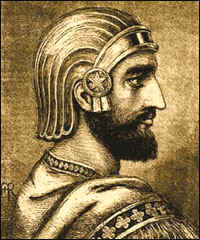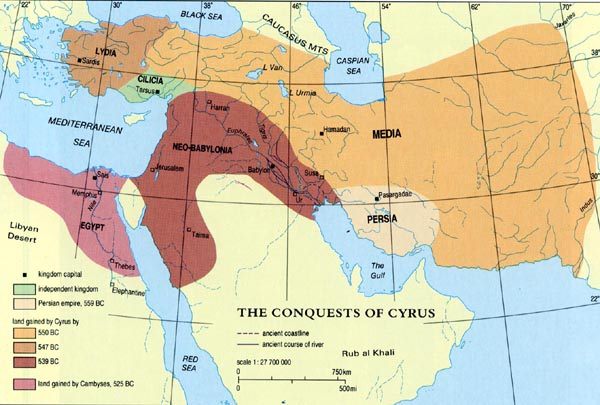from: Israel
Finkelstein / Neil A. Silberman: The Bible
unearthed. Archeology's New Vision of Ancient Israel
and the Origin of Its Sacred Texts; The Free Press, a
division of Simon & Schuster, Inc., 2001; German
edition has got the title "No trombones before
Jericho" (orig. German: "Keine Posaunen vor Jericho"):
edition C.H.Beck oHG, Munich 2002;
Here in this
analysis is used the German version "Keine Posaunen
vor Jericho" of DTV, Munich 2004, second edition of
2005. All page indications refer to the German
version. I hope the page numbers are not very
different.



